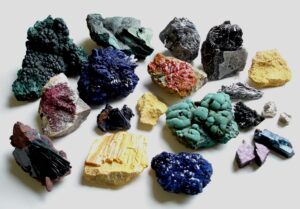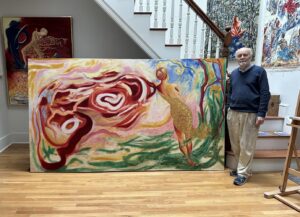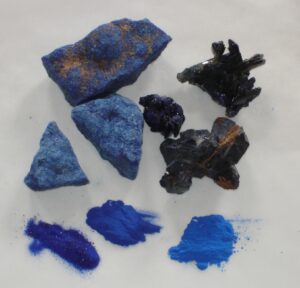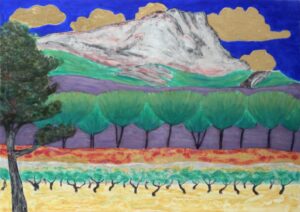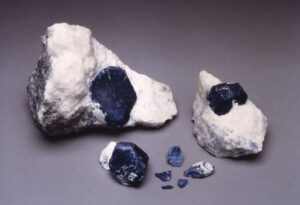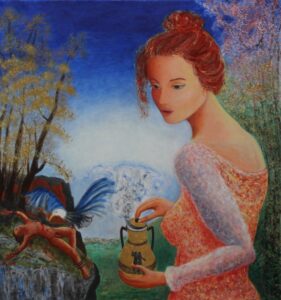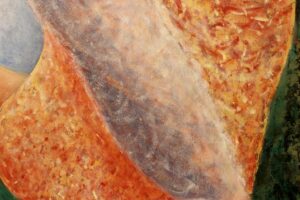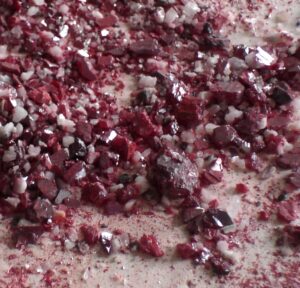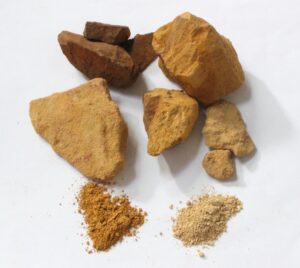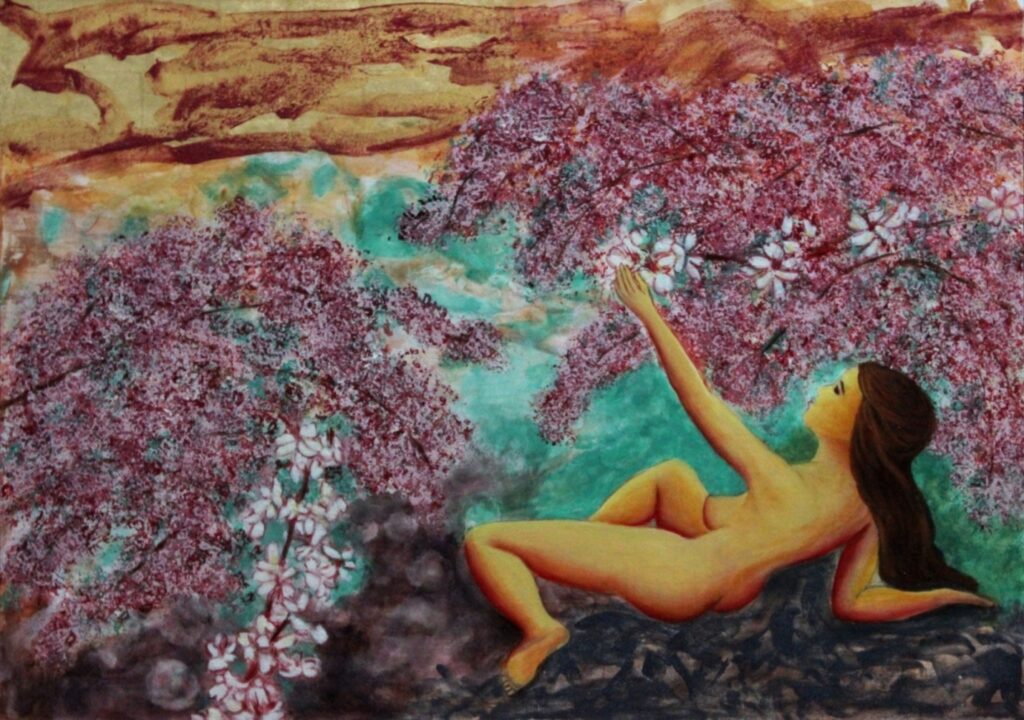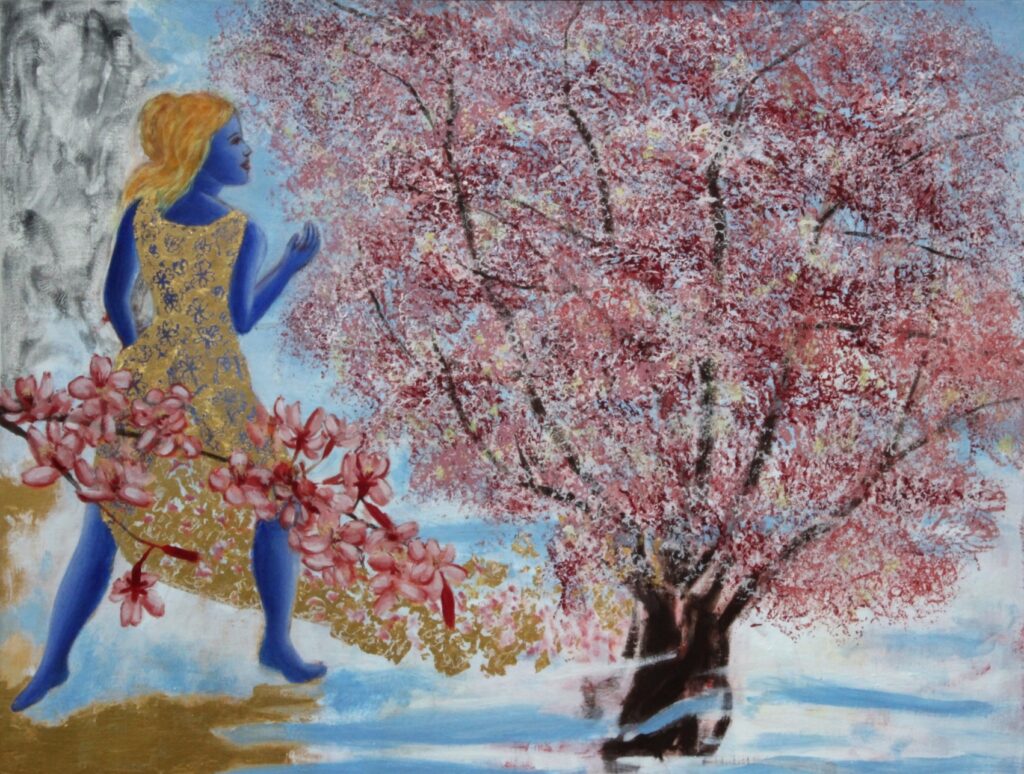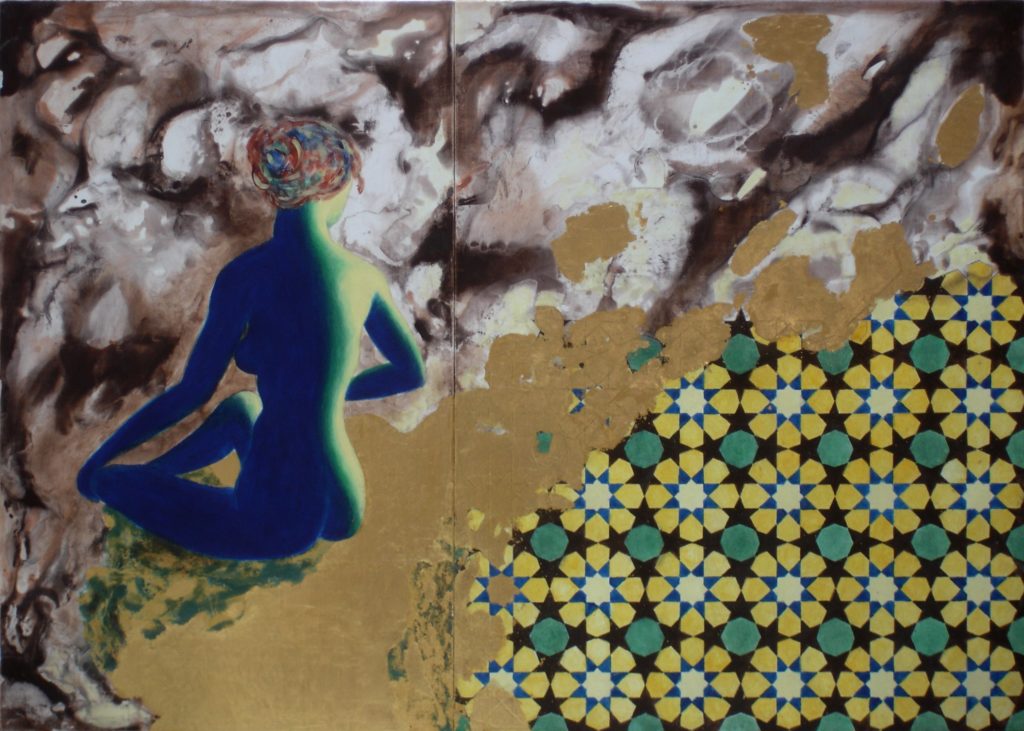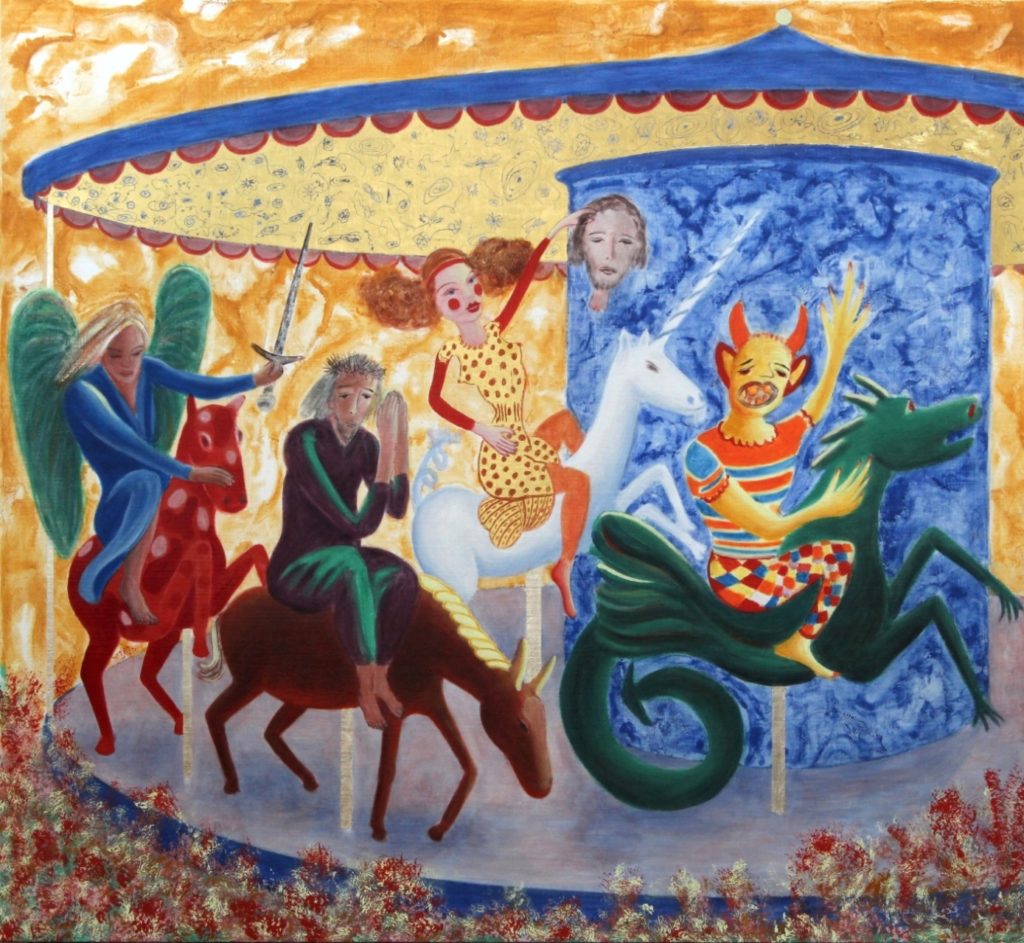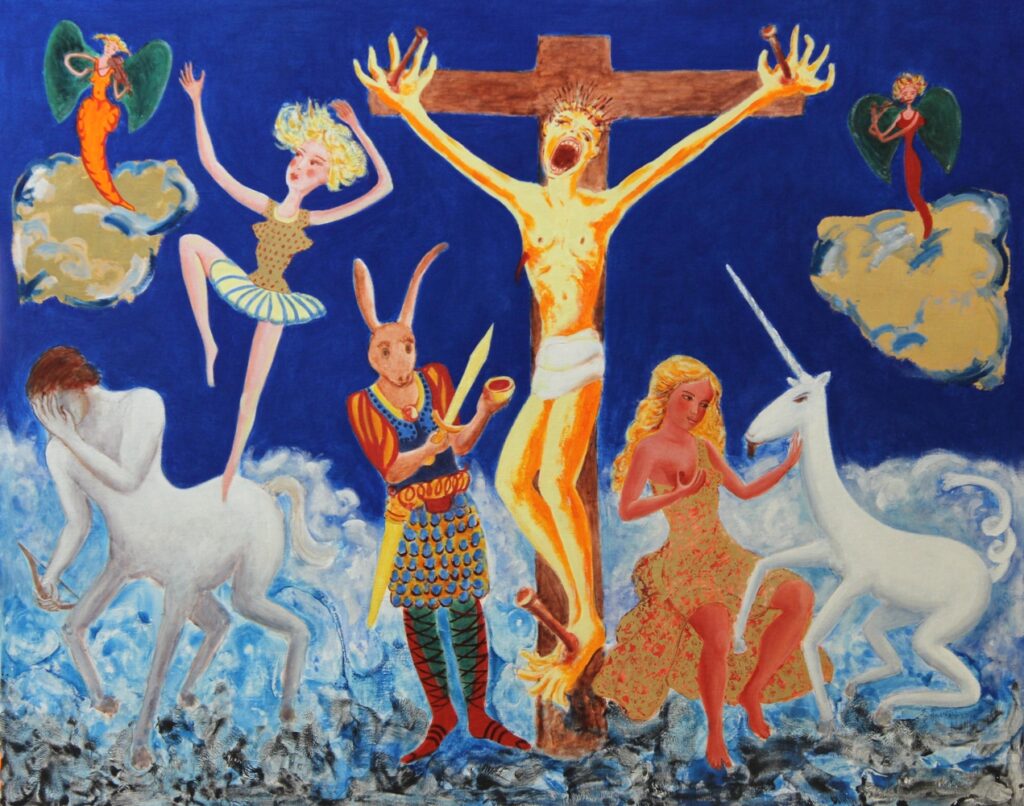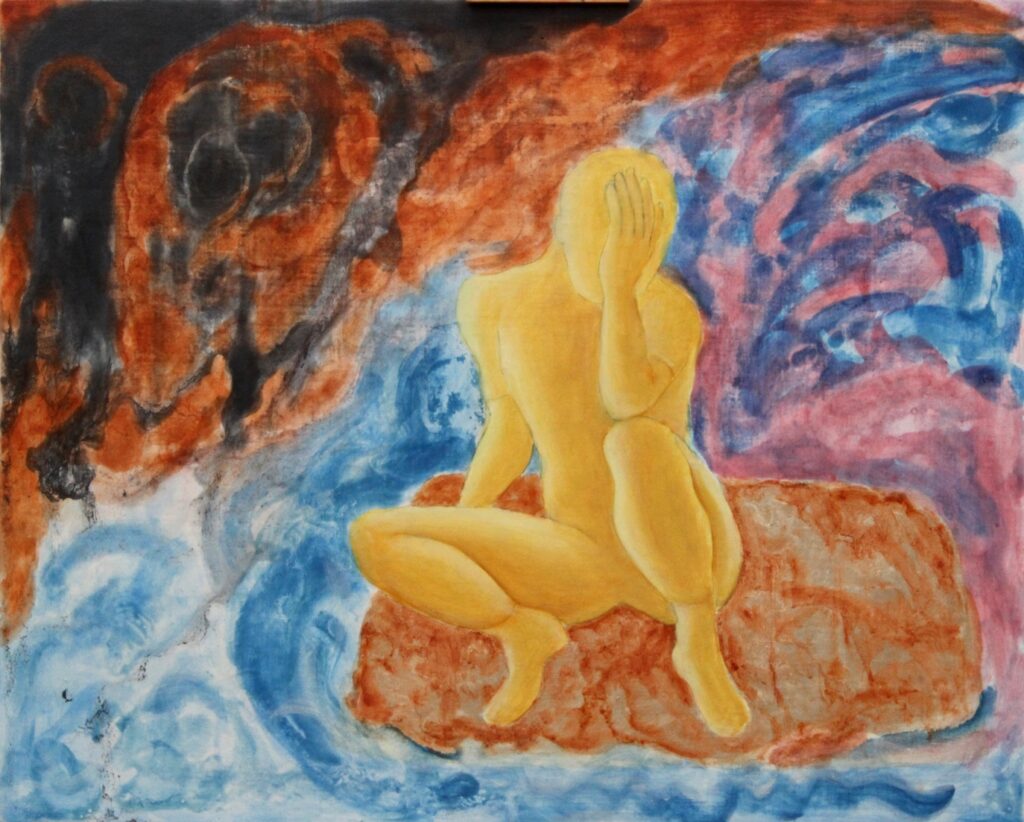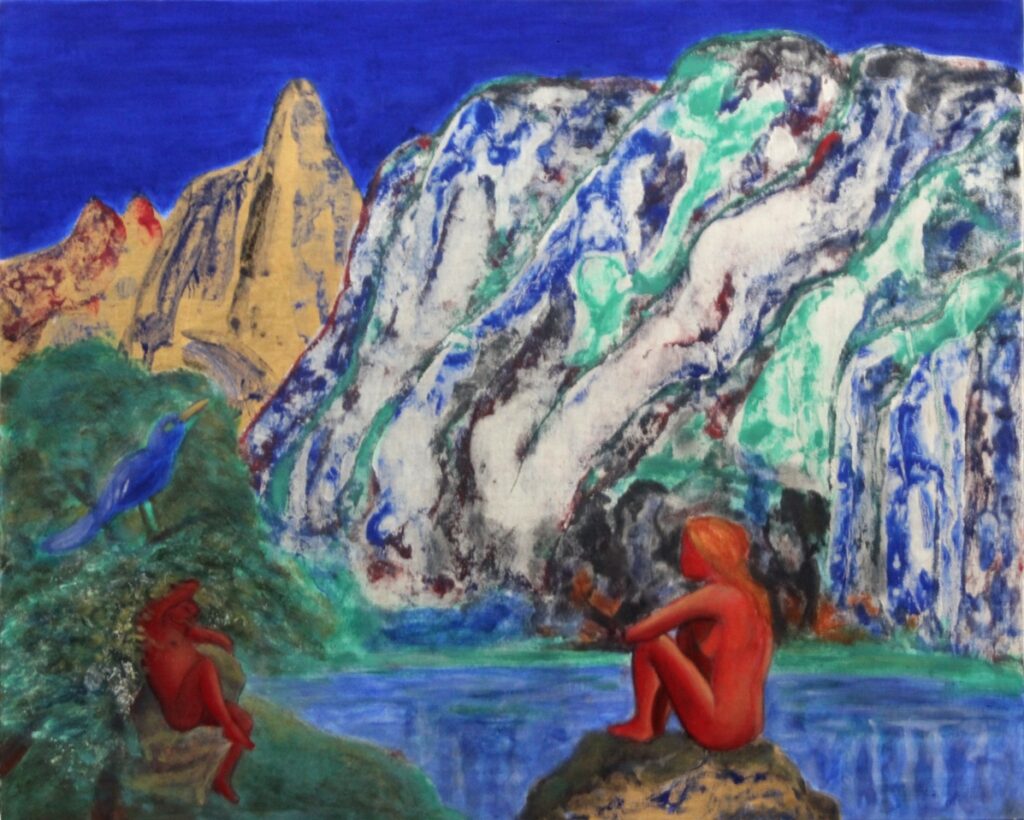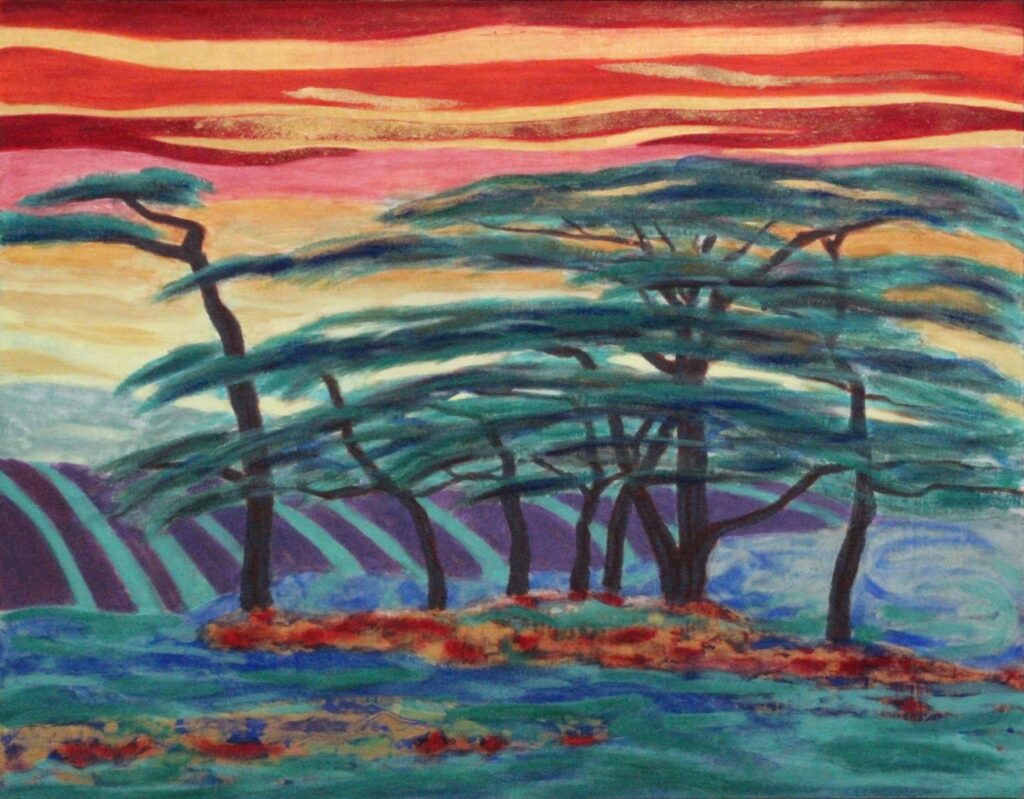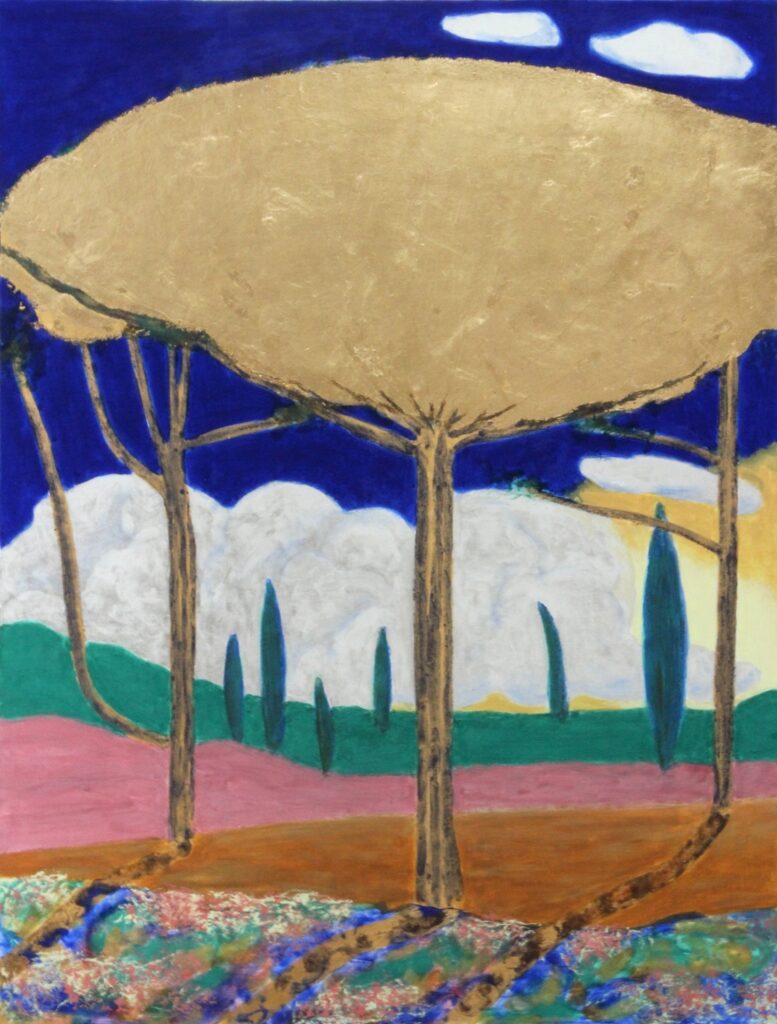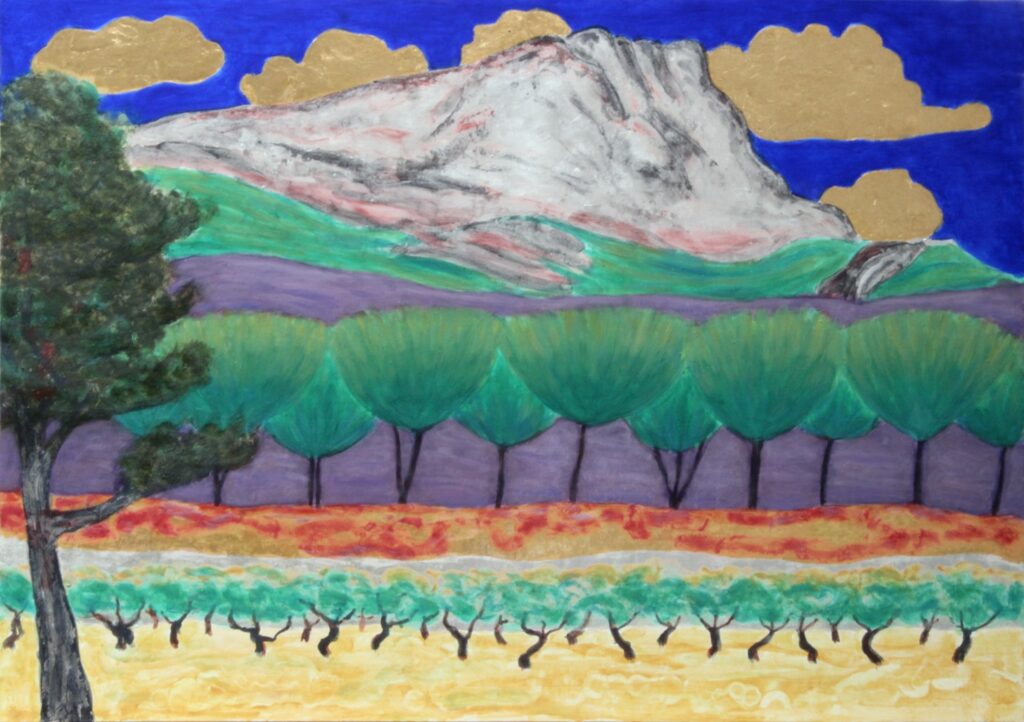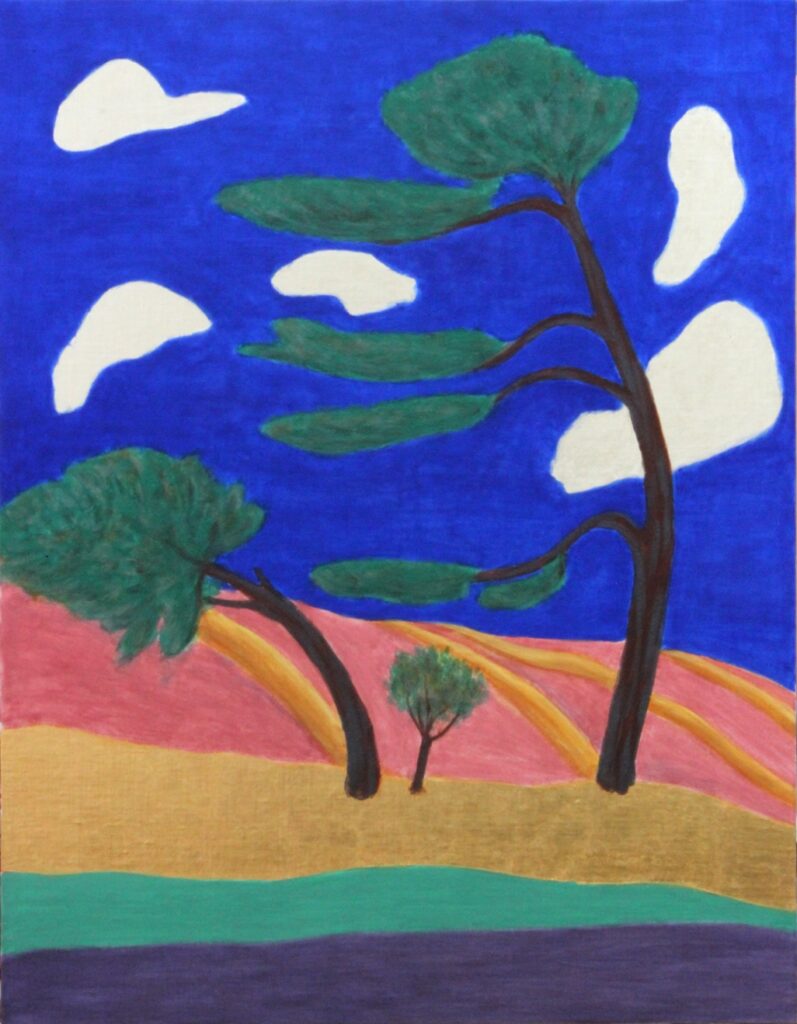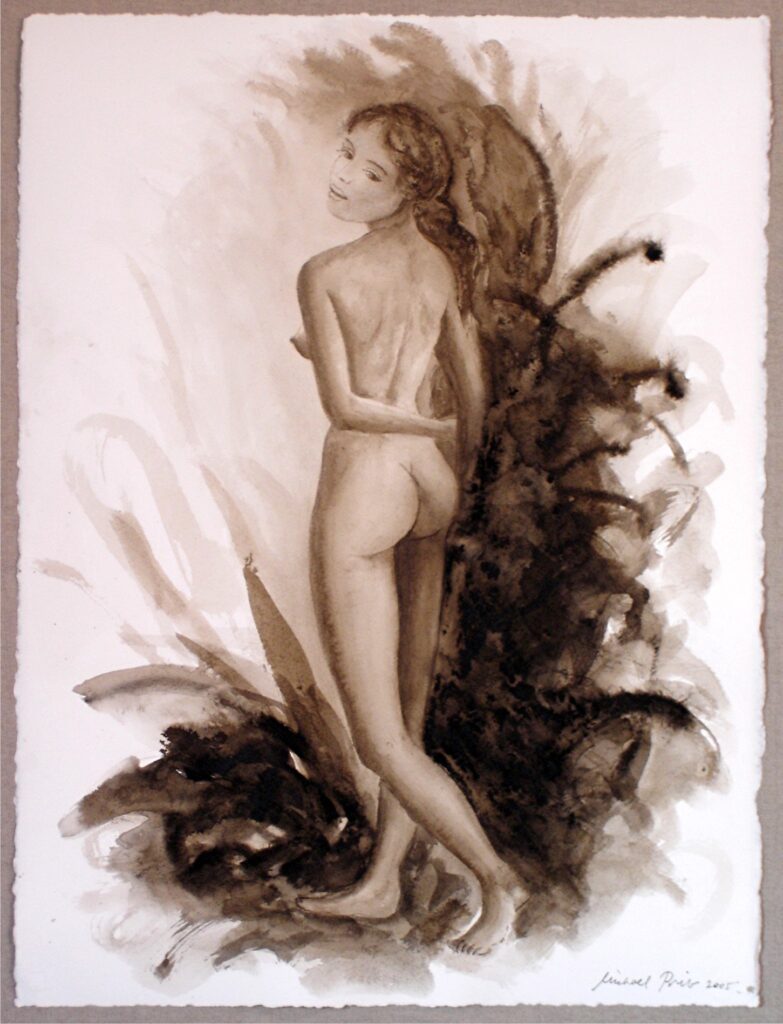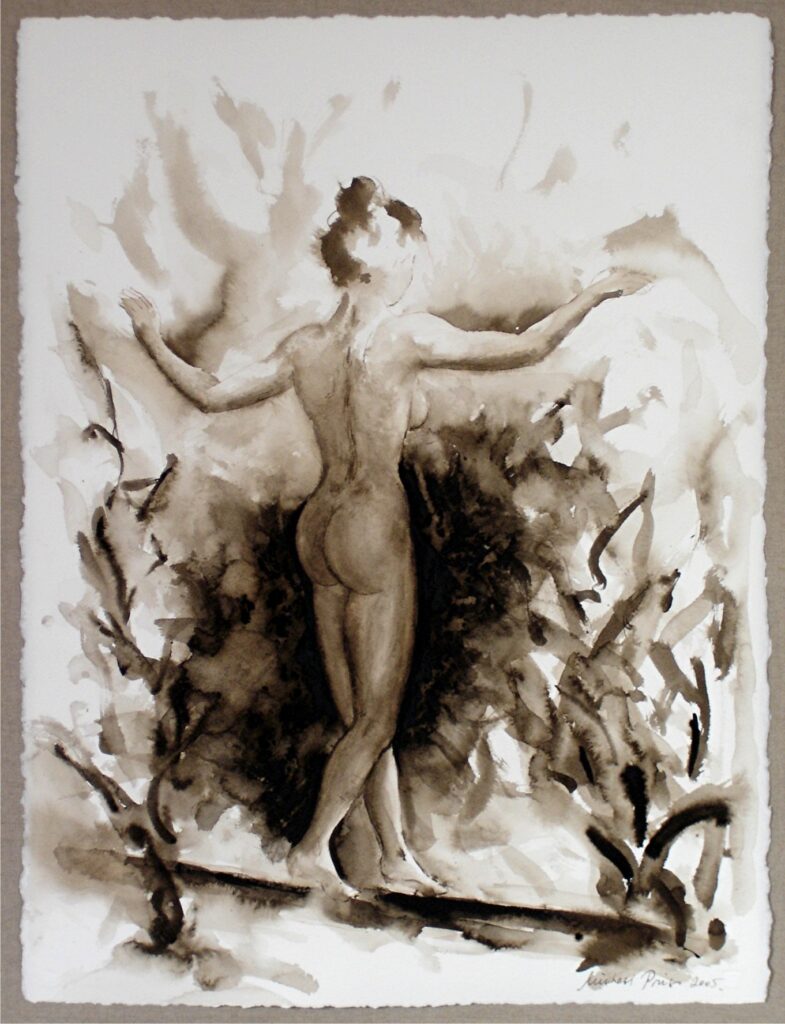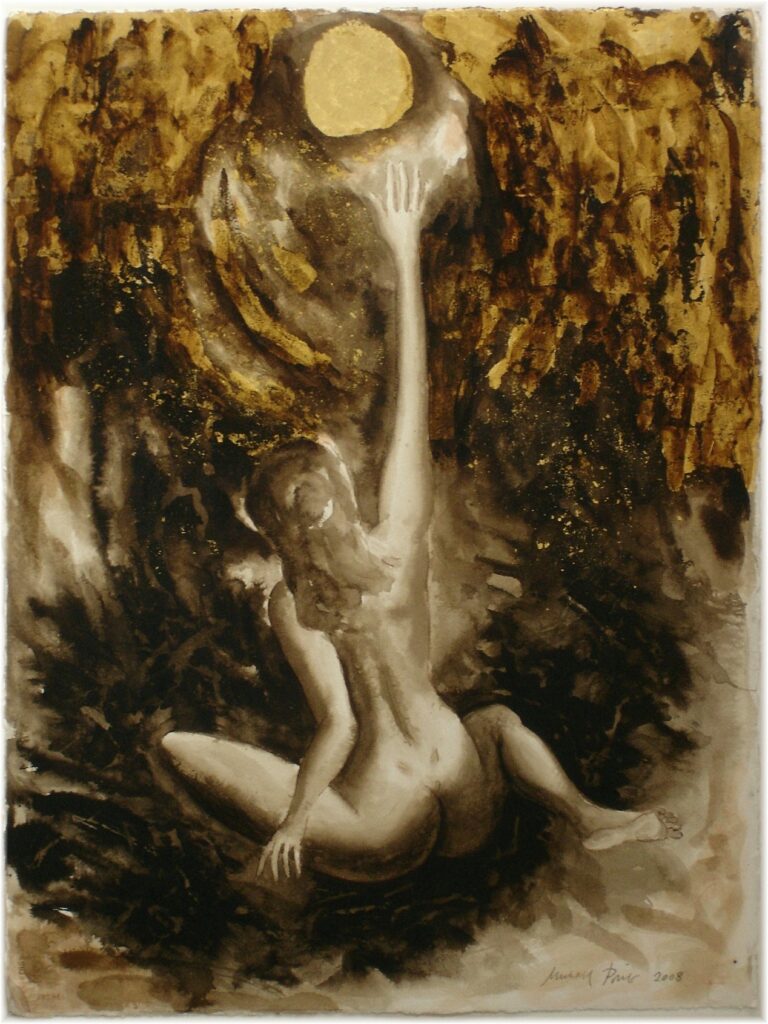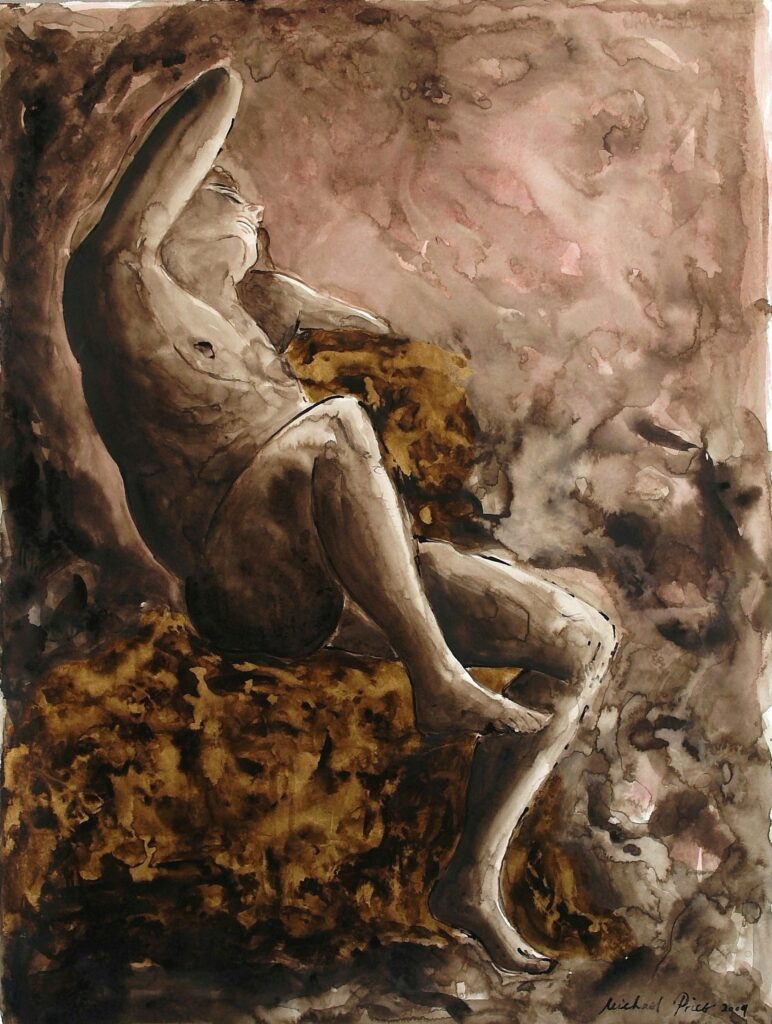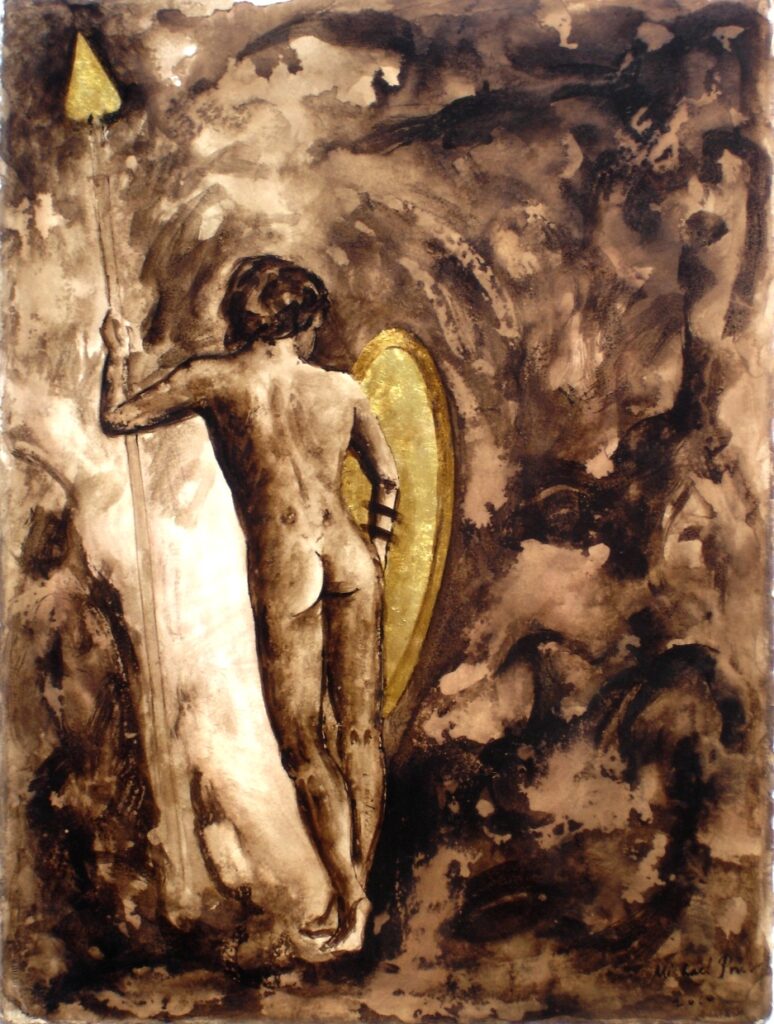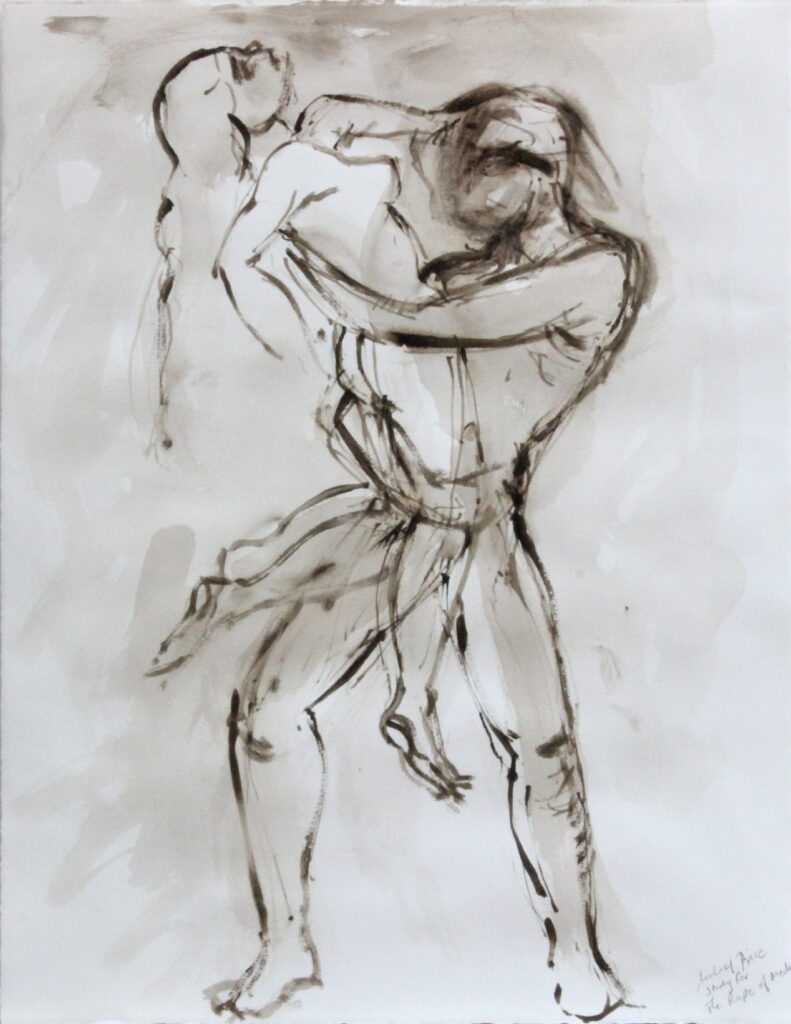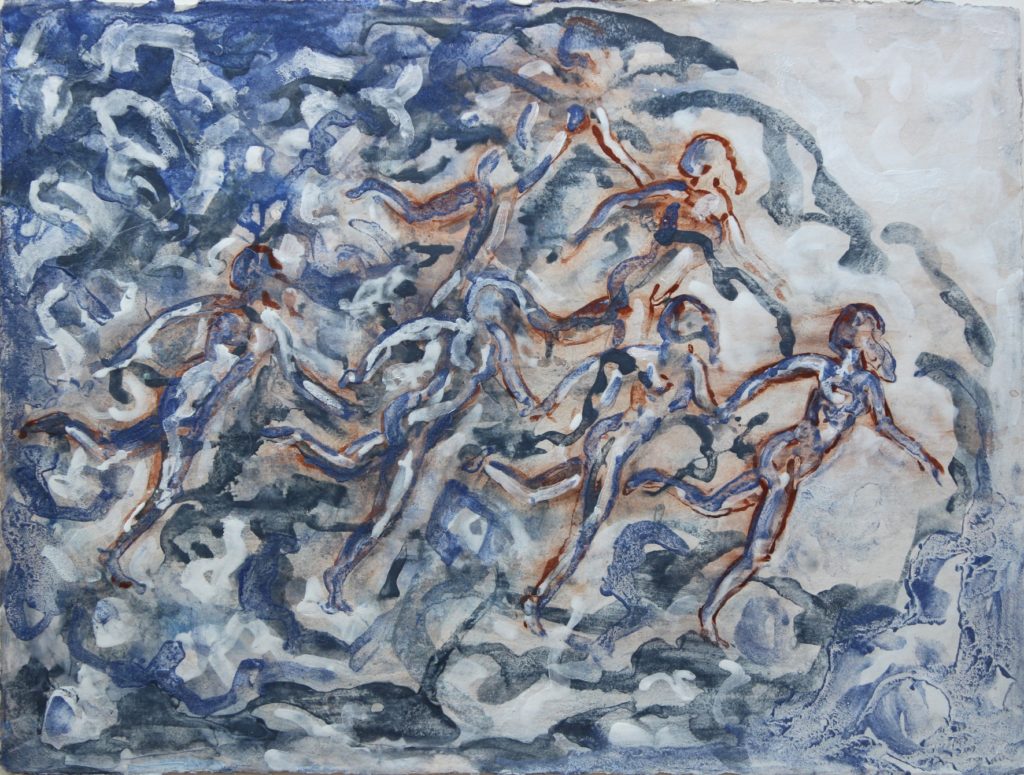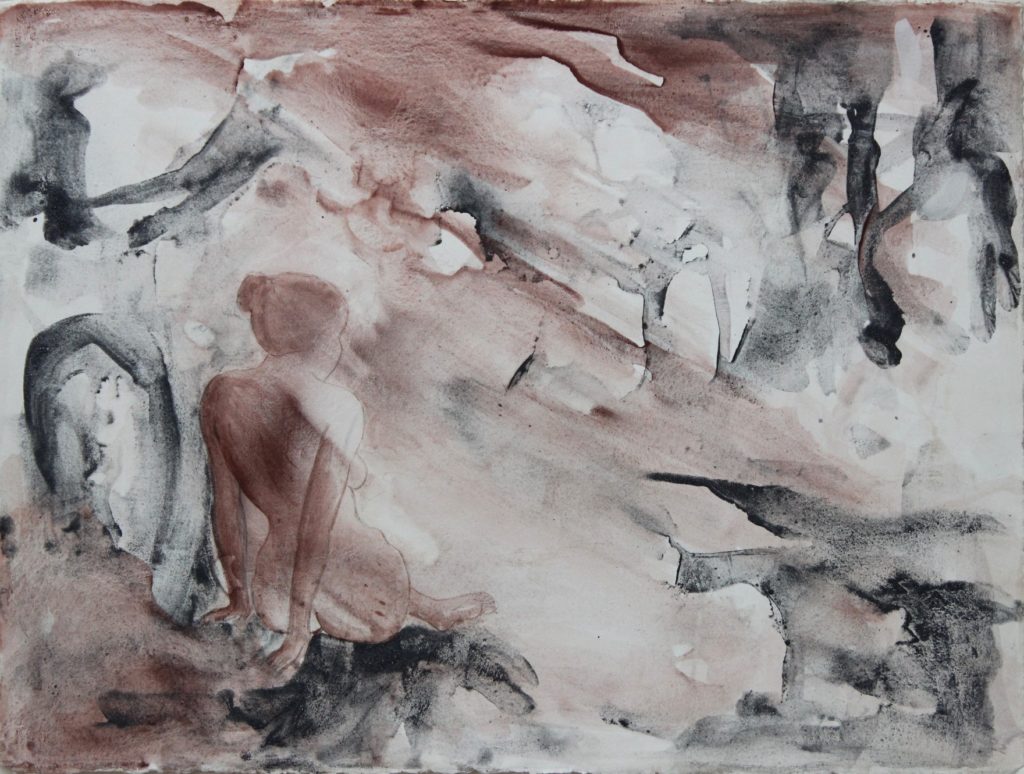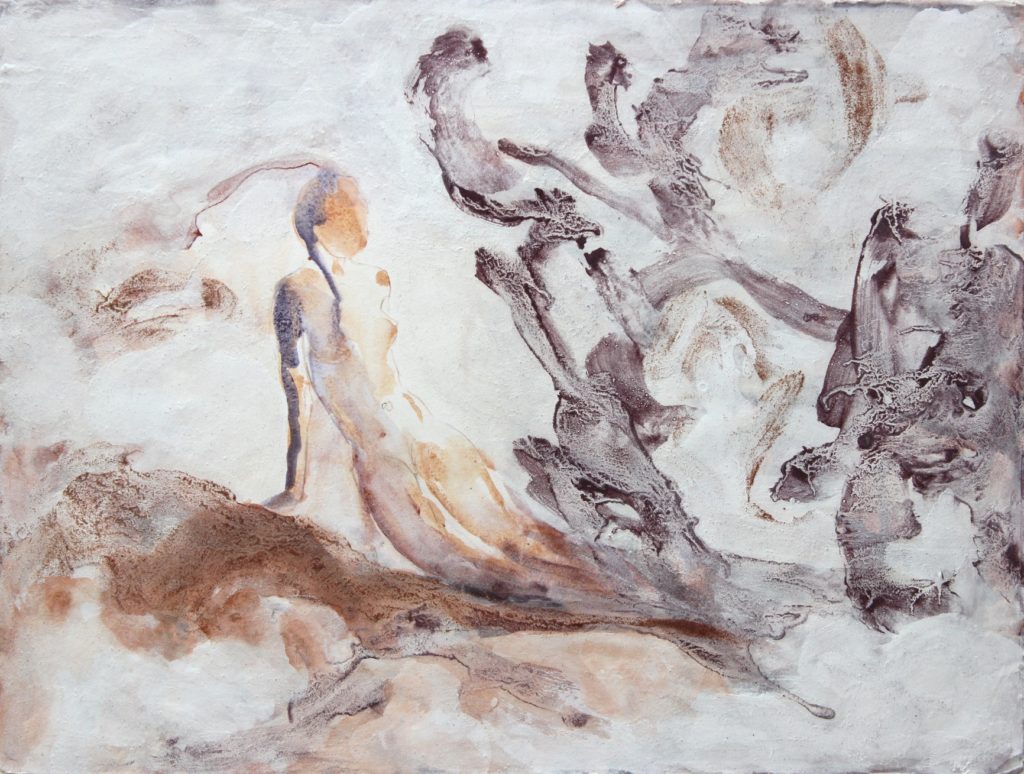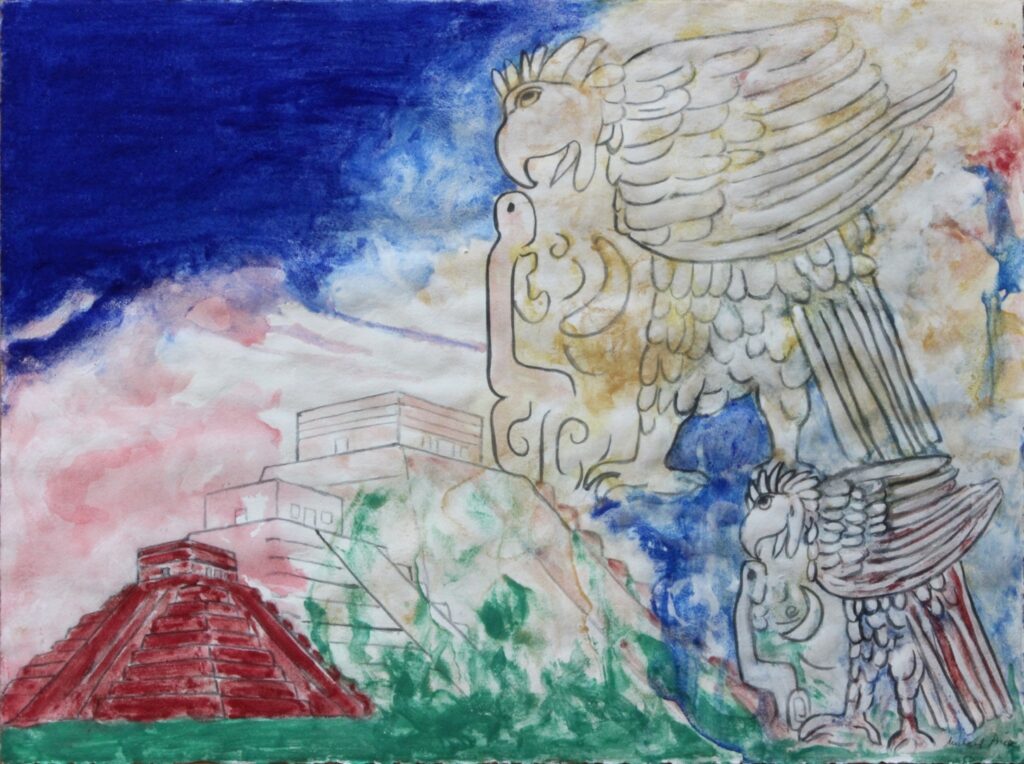
Mineral Pigments
The mineral pigments of the Renaissance tradition. Michael Price’s published research documents which binding medium can be used with each mineral and natural pigment.
Works on Paper
Drawing the figure or nude is not about representation per se, but allows perception and imagination to create their own psychic event.
Paintings
The figures are not symbols, but signs, like the figures of Nicolas Poussin, indicating universal direction free from social mores. The chromatic figure and nude transcend the restrictions of realism.
Mineral Pigments and the Renaissance Tradition.
What is the difference between modern pigments whether oil or acrylic paint and natural pigments? Natural pigments from rocks, crystals and earths vary in pigment particle size from 5 to 80 microns (1 micron = 1/1000th of a millimeter). Modern pigments are 1 to 2 microns, therefore like very fine flour. The larger particle size allows for a chromatic depth of colour. Any natural colour can be used as a glaze in a natural resin or oil. Therefore, natural colour allows for an unlimited use of pigments to produce chromatic intensity according the binding mediums from casein, hide glues, egg yolk and or egg white, fir-balsam resins as well as walnut and linseed oils.
Click on images to enlarge.
The following selection of paintings and details illustrate the layers of mineral pigments that make up the final colour. As with Sandro Botticelli, 14 paint layers were not unusual to achieve a chromatic depth of colour. Generally referred to as the four canonical painting modes of the Renaissance, the application of natural colour in terms of hue and tone was described as “sfumato, unione, cangiante and chiaroscuro “. See below for volume II, Renaissance Mysteries pp. 238-241.
A selection of paintings with gold leaf, natural and mineral pigments in pine resin and oil on linen and panel. Click on any image to enlarge.
Works on paper: pencil, ink, gold leaf and mineral pigments in casein distemper. Click on any image to enlarge.
About the Paintings and Drawings.
Throughout history, the human figure, or nude, when expressed as a unity of imagination and perception, exhibit a dignity far removed from social concepts of nakedness. With each age, the figure and nude, whether in painting or sculpture, have become modified and redefined in the process. Therefore, the artist’s redefinition of the nude focuses on the “perception” that our sense of the physical world is an extension of a transcendent reality.
Nearly all the work starts with drawing from the life model, or ancient Greek sculptures. The drawing process explores each model’s kinaesthetic awareness through spontaneous and undirected movement. Thus, each drawing session becomes a minimalist theatre of the imagination. The paintings are developed from this material in order to explore the figure as the central and fundamental archetype of human existence. On the one hand, the paintings may explore a classical narrative, or on the other, be purely surreal and dreamlike free from any worldly concerns and association.
This microscopic paint layer analysis is typical from the early Renaissance through to the late eighteenth century. See “Renaissance Mysteries” below.

RENAISSANCE MYSTERIES
The two volumes, Natural Colour and Proportion and Composition are an in-depth examination of a lost painting tradition in the west due to industrialization during the nineteenth century. Pigments such as azurite and lapis lazuli were replaced with the synthetic pigments cobalt blue and French ultramarine.



